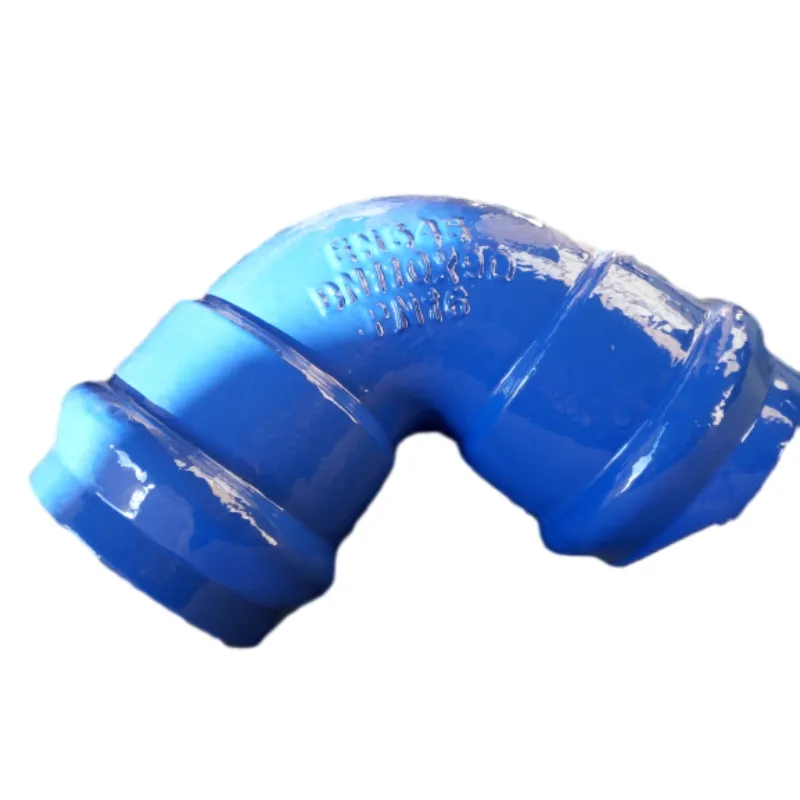Cost Analysis of Steel Grating for Various Industrial Applications
Understanding Steel Grating Prices Factors and Trends
Steel grating is a crucial component used in various industries, including construction, manufacturing, and infrastructure. Its primary function is to provide a safe, durable surface that can support heavy loads while allowing for drainage and ventilation. Given its importance, understanding the pricing of steel grating is vital for businesses and contractors looking to make informed purchasing decisions. This article will explore the factors influencing the price of steel grating and current market trends.
Factors Influencing Steel Grating Prices
1. Material and Manufacturing Processes The quality of steel used in grating significantly affects its price. Common materials include carbon steel, stainless steel, and galvanized steel. Stainless steel, known for its corrosion resistance, generally commands a higher price than carbon steel due to its durability and longevity. The manufacturing process also plays a crucial role; for example, heavy-duty steel grating that requires more complex fabrication techniques will typically be priced higher.
2. Type of Grating There are various styles of steel grating, including welded, press-locked, and swage-locked grating. Each type has different applications and benefits, influencing its cost. Welded grating, known for its strength and rigidity, tends to be more expensive due to the labor-intensive production process. Conversely, pressed or swage-locked grating might be more affordable but could have limitations in load-bearing capacity.
3. Size and Thickness The dimensions and thickness of the grating also impact the price. Larger and thicker grating panels require more raw materials and may incur higher shipping costs, contributing to an overall increase in price. Customers must balance their need for durability with budget considerations when selecting the size and thickness of their grating.
4. Surface Treatment The surface finish of steel grating, such as galvanized or painted, affects its cost. Galvanization involves coating the steel with a layer of zinc to prevent rust, resulting in additional expenses related to both materials and processing. While this treatment increases the lifespan of the grating, it also increases the upfront investment.
steel grating price

5. Market Conditions Like any commodity, the price of steel grating can be influenced by broader market conditions. Fluctuations in the steel market, changes in demand, and supply chain disruptions can all lead to price variations. In recent years, global events such as the COVID-19 pandemic and geopolitical tensions have caused supply chain issues that have affected steel pricing, including grating.
6. Location and Shipping Costs The geographical location of the buyer and the seller can also play a role in pricing. Transportation costs are a significant factor, as delivering steel grating over long distances can increase the final price. Local suppliers may offer more competitive pricing due to lower shipping costs.
Current Market Trends
As of late 2023, steel grating prices have been experiencing fluctuations due to several ongoing factors. The post-pandemic recovery period has seen increased demand for construction materials, leading to a gradual rise in prices. Additionally, the global push for infrastructure improvement, particularly in emerging markets, is driving demand for durable and reliable materials like steel grating.
Sustainability has also emerged as a critical concern in the steel industry. Eco-friendly practices, such as recycling steel and minimizing waste during production, are becoming more prevalent. These practices might lead to slight increases in processing costs but are generally seen as favorable by consumers who are willing to invest in sustainable products.
Conclusion
In conclusion, the pricing of steel grating depends on numerous factors, including material, manufacturing methods, size, surface treatment, market conditions, and location. Understanding these elements is essential for making informed purchasing decisions. As market trends continue to evolve, businesses must stay attuned to these changes to secure competitive pricing while ensuring quality and durability in their steel grating needs.
-
The Smarter Choice for Pedestrian AreasNewsJun.30,2025
-
The Gold Standard in Round Drain CoversNewsJun.30,2025
-
The Gold Standard in Manhole Cover SystemsNewsJun.30,2025
-
Superior Drainage Solutions with Premium Gully GratesNewsJun.30,2025
-
Superior Drainage Solutions for Global InfrastructureNewsJun.30,2025
-
Square Manhole Solutions for Modern InfrastructureNewsJun.30,2025
-
Premium Manhole Covers for Modern InfrastructureNewsJun.30,2025
